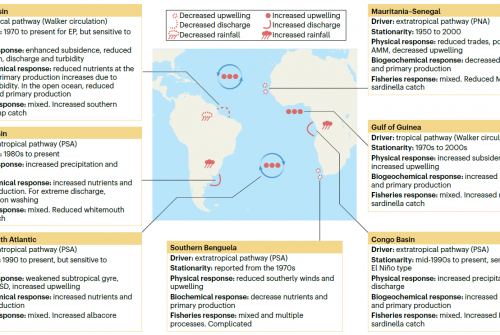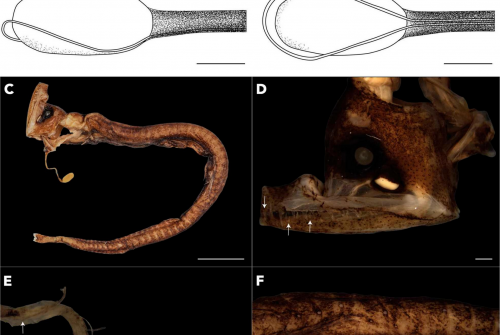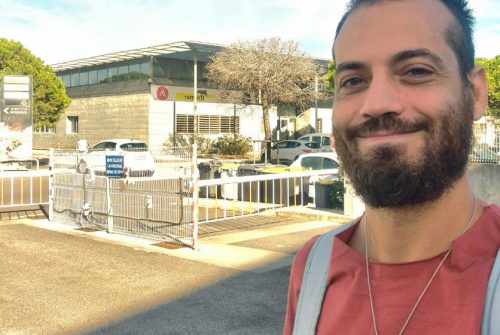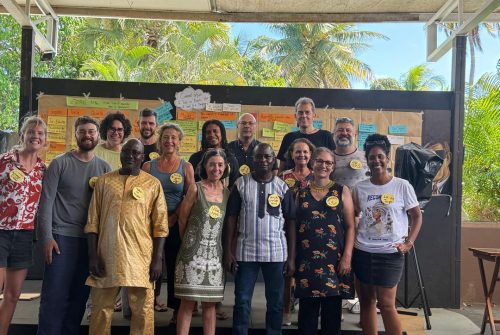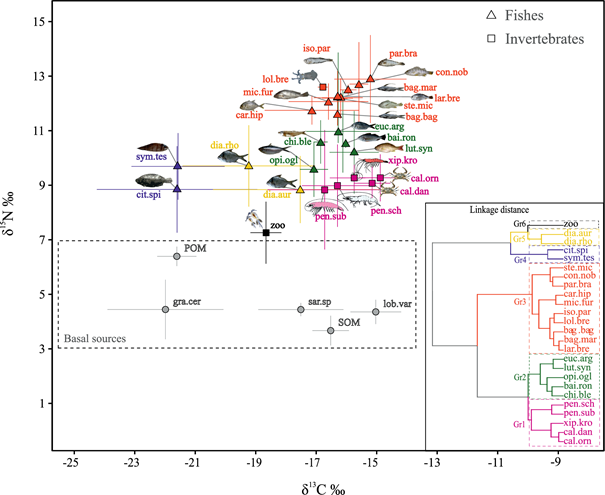
We used complementary stable isotope (SIA) and stomach content (SCA) analyses to investigate feeding relationships among species of the nektobenthic communities and the potential ecological effects of the bottom trawling of a coastal ecosystem in northeastern Brazil. Carbon (δ13C) and nitrogen (δ15N) compositions were determined for five basal sources and 28 consumers, from zooplankton to shrimp and fish species. Fishes and basal sources showed a broad range of δ15N (fishes: 6.49–14.94‰; sources: 2.58–6.79‰) and δ13C values (fishes: -23.86 to -13.71‰; sources: -24.32 to -13.53‰), while shrimps and crabs exhibited similar nitrogen and carbon ratios. Six trophic consumer groups were determined among zooplankton, crustaceans and fishes by SIA, with trophic pathways associated mostly with benthic sources. SCA results indicated a preference for benthic invertebrates, mainly worms, crabs and shrimps, as prey for the fish fauna, highlighting their importance in the food web. In overall, differences between SCA and the SIA approaches were observed, except for groups composed mainly for shrimps and some species of high δ15N values, mostly piscivorous and zoobenthivores. Given the absence of regulation for bottom trawling activities in the area, the cumulative effects of trawling on population parameters, species composition, potentially decreasing the abundance of benthic preys (e.g., shrimps, worms and crabs) may lead to changes in the trophic structure potentially affect the food web and the sustainability of the fishery.
doi.org/10.1371/journal.pone.0246491
Reference
Lira A.S., Lucena-Frédou F., Ménard F., Frédou T., Gonzalez J.G., Ferreira V., Rosa Filho J.S., Muranon J.-M., Le Loc’h F. 2021. Trophic structure of a nektobenthic community exploited by a multispecific bottom trawling fishery in Northeastern Brazil. PLoS ONE 16(2): e0246491.



